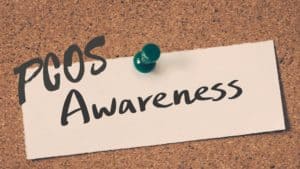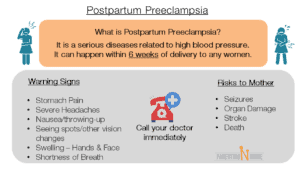Medically Reviewed by: Dr. Veena Shinde (M.D, D.G.O, PG – Assisted Reproductive Technology (ART) from Warick, UK) Mumbai, India
-
Author: Amar Kirale
- >> Post Created: September 16, 2021
- >> Last Updated: May 8, 2024
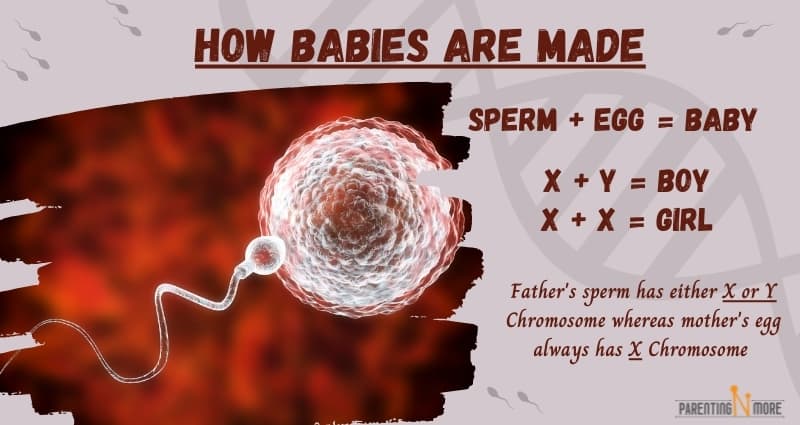
How are babies made - Table of Contents
How are babies made? Answering simply – making a baby needs 2 things primarily, an egg and a sperm. But just like any blockbuster movie, there is a lot that goes on behind the scenes. Similarly, there is a lot that goes behind making babies than just an egg and a sperm.
In our article, we have simplified the process to give a 3-step guide on how to make a baby. We hope that this article is able to help you understand—‘How babies are made?’
How are babies made Step 1: It all starts with ovulation - How does a women’s egg develop?
Understanding a women’s egg development process
The first step in making babies i.e. first step to answer the question – ‘how to make babies?’, starts within a woman’s body.
It all begins in the ovaries – the two almond-shaped glands, at either sides of the uterus, is where your pregnancy really begins. (See image below.)
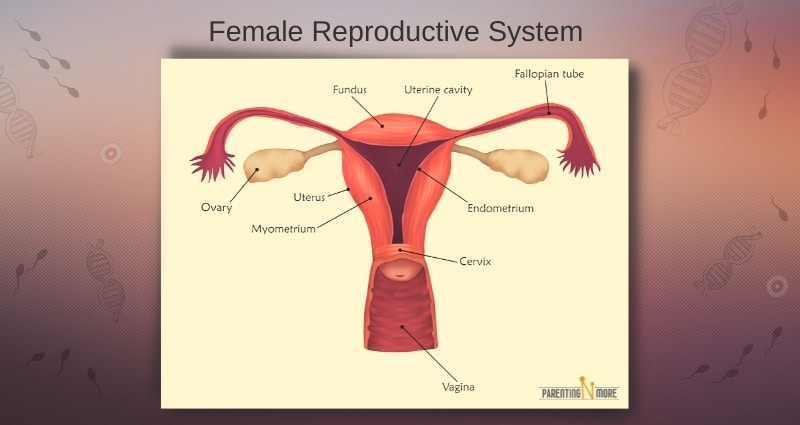
In order to facilitate in the process of making a baby, a woman’s ovaries are stacked with 1–2 million eggs right from birth. These eggs slowly start dying off immediately and no new eggs are produced.
For a woman with a 28-day menstrual cycle, a matured egg gets released from one of the ovaries, and gets sucked into the closest fallopian tube. The fallopian tubes (approx. 4-inch canals), lead to the uterus from the ovaries.
Experts say that on an average, a healthy woman releases approximately 400 eggs during their fertile period (ideal time for making babies), i.e. starting with your first period up to when they are 45/55 years old (till menopause). Girls can start getting their periods as early as when they are 9 years old. But generally they get their periods a few years later.
When a girl starts getting her periods, it’s a sign that the process of ovulation has started and that she will be able to get pregnant if the egg is fertilized, i.e. now she can make a baby as soon as her egg is fertilized.
What is Ovulation?
Ovulation is the process wherein an ovary releases a matured egg. Conception(making babies) without ovulation is not possible naturally. Through ovulation, one of the woman’s ovaries releases a mature egg, which then goes into the fallopian tube and awaits fertilization. Ovulation is triggered through a series of hormonal changes.
Every woman’s menstrual cycle length differs, and hence, the ovulation time varies for everyone. Generally, women ovulate around day 14 or 15 before their periods. However, ovulation can get affected by stress, pressure, sickness etc., because of which you can experience delayed or earlier periods. That’s why many women prefer using an ovulation kit when they are trying to get pregnant to know the exact days of ovulation to increase their chances of conceiving (making a baby).
Examining the cervical mucus and tracking your base body temperature can also provide you with insights about your optimal conceiving time or your ideal time for making a baby.
Within the process of ‘how to make a baby‘ – this constant checking to know if you are ovulating is very important because you only have around 24 hours for the egg to get fertilized before it loses its potency. If within this time your egg gets fertilized by a healthy sperm, while on the way to the uterus, then be ready for the good news you have been waiting for!! This is how a new life begins to form – This is how a babies are made!! YAY!!
In case the egg is not fertilized then its journey comes to an end in the uterus, where it is absorbed by the body after it dissolves. If there is no conception, then the ovary stops making and releasing progesterone and estrogen (hormones that help in getting pregnant/ sustain pregnancy) and the uterus sheds the thick lining it had prepared for conception—this uterine wall shedding is what we call periods.
FUN FACTS
Twins and Triplets and more… How are twins, triplets or more made?
- Usually the ovary only releases one egg, but sometimes it can release more than one egg.
- So if 2 eggs are released from the ovaries simultaneously and are both fertilized, then ‘non-identical’ (fraternal) twins are born. They may look alike or they may not, just like any brothers and sisters.
- If an egg splits after fertilization, then identical twins are born. They are identical because they have the same set of genes.
- Triplets are born when more than three eggs are released simultaneously and all of them are fertilized.
- Just like identical twins, identical triplets are born when the fertilized eggs splits in 3 parts.
- The same concept is applicable to any set of multiples.
Read this next
How are babies made Step 2: Then you need sperm - How do men produce sperm?
Understanding the sperm making process in men
Just like you need an entire orchestra to make a Beethoven symphony; similarly, you need a both the egg and sperm along with the various other favorable conditions in actually making a baby.
A sperm looks like a tadpole under a powerful microscope. Millions of sperms are being constantly made within a man’s body with the sole objective of fertilizing an egg. Unlike women who are born with all their eggs, men are not born with sperms. They are produced from start to finish, and it takes about 64–72 days to produce new sperm cells.
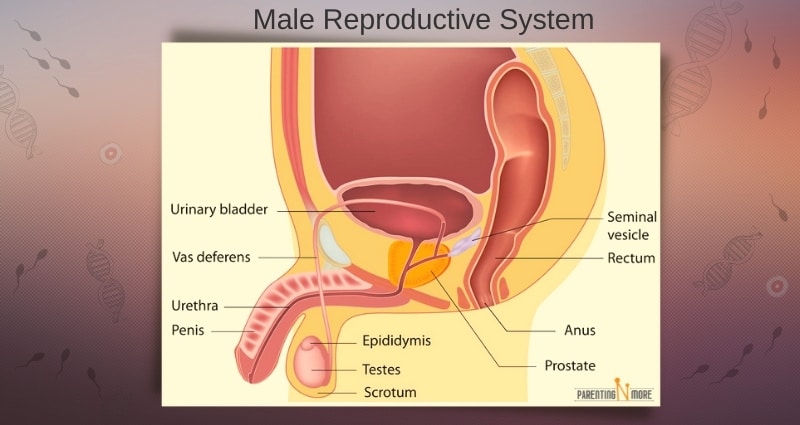
A sperm lives within a man’s body for just a few weeks. During ejaculation a man releases approx. 250 million sperms. This means that new sperms are always being produced by a healthy male body.
Sperms begin to develop within the testicles—the twin glands inside the scrotal sac placed below the penis. A man’s testicles are pretty sensitive to temperature; hence, they hang outside a man’s body.
For production of healthy sperms, the testicles need to stay at approx. 94° Fahrenheit, which is around 4° cooler than the normal body temperature. Then the sperms get stored in the epididymis (located within the testicle), where they learn to swim, before mixing with the semen prior to ejaculation.
Even though millions of sperms get produced and finally get released with every ejaculation, only one sperm can fertilize an egg and further the process of making babies. This holds true in conception of identical twins as well.
What happens to these little heroes while they are getting ready to fertilize an egg? Well, the vaginal cavity is not a very friendly environment. It’s highly acidic in nature and kills most of the sperms within minutes of entering the vagina. And then begins a long and dreary journey for those sperms that remain.
The sperms have to swim all the way up the cervix, to the uterus, and finally to the fallopian tube, and all this without a GPS. Most of the sperms lose their way and run out of energy and only a few reach the fallopian tube.
Once the sperms have reached the fallopian tube, it depends on the right ovulation window or the fertile time, wherein the egg too has been released and can be fertilized by a sperm.
How are babies made Step 3: Inside the uterus - How does the egg get fertilized (When egg meets sperm)?
What happens after fertilization?
Now we that know what are the key roles of a sperm and an ovum to bring forth a new life i.e. making babies, and let us further understand the process of how to make a baby naturally within the womb/ uterus – What exactly happens after fertilization of the egg?
While the ovum (egg) is released from the ovary and a couple copulates, or as Sheldon Cooper says when there is coitus, then there are high chances that a sperm will penetrate an egg and fertilize it, making the first cell that will develop into a baby.
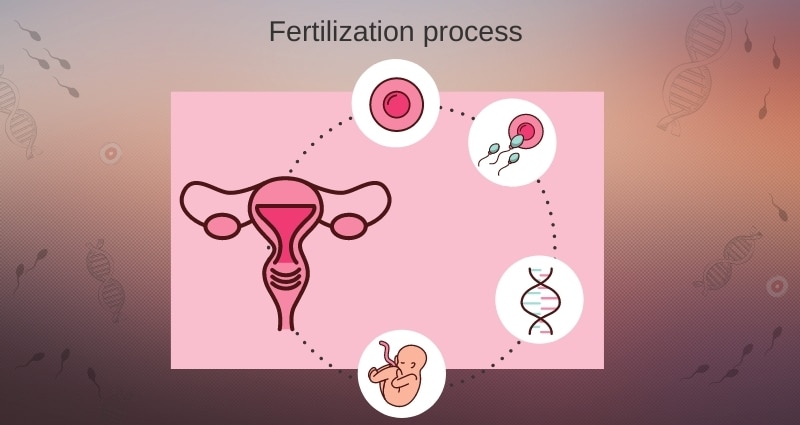
Only one sperm can fertilize an egg, because as soon as fertilization occurs, the zona pellucida (the outer surface of the egg) prevents any other sperm to attach and penetrate the egg. So just like the fastest car wins the F1; similarly, the fastest sperm not only gets to the ovum but also fertilizes it finally leading to making a baby. It is the survival of the fittest after all.
Although the fertilization process sounds very simple and straightforward, it needs a lot of things in place to actually happen. Both the sperm and ovum/egg have a limited life window during which they are viable. A sperm can stay alive for around 72 hours, and an egg can only live for 24 hours. If a healthy sperm does not fertilize an egg within 24 hrs of ovulation, the woman will not get pregnant.
After fertilization, the zygote (fertilized egg) then divides into two cells. The cell division process keeps on continuing for the next couple of days, the resulting cluster of cells then make its way to the womb. These cluster of cells get planted onto the uterus lining and continue to divide to form billions of new cells. The woman is pregnant now.
Over the next 9 months, these cells will grow into a new person—your darling baby; and this the entire process detailed on ‘how to make a baby’.
FUN FACTS
There are different names given to the various stages of a baby’s development.
- From day 1 the fertilized egg is now addressed as a ‘zygote‘
- Initial 60 days/2 months the zygote now is addressed as the ‘embryo‘
- From the 3rd month, the embryo is now addressed as the ‘fetus‘
How are babies made - Some FAQs
Can having an orgasm help increase the chances of making a baby?
Did you know orgasms actually helps in conception!!
Besides being amazingly pleasurable and delightful, orgasms also have a very important role to play in conception.
When men have an orgasm, it propels the sperm-rich semen not just into the vagina but all the way to cervix, propelling them further to reach the fallopian tube in just a few minutes. This helps the sperm gain the much-needed head start on their way to locate the egg.
On the other hand, a woman’s orgasm ends with wavelike contractions, which help pull the sperm further down into the cervix and towards the fallopian tube. Although there is very little evidence to prove that the woman’s orgasm really helps in conception, having an orgasm will surely not hurt.
Don’t consider getting pregnant as just another chore, enjoy with your partner instead. It’s all about the timing and you and your partners mental state that lead to a healthy conception. My wife conceived twice naturally even after having PCOS, just by staying calm and having a good time.
Which sperm reaches the egg first?
After copulation, while you lay with your partner or even doze off, there is a lot that is actually happening within your body. The millions of sperms which have been released are on their way to fulfill their quest—the quest to bring new life!!! The quest to find the egg and fertilize it.
Just like all quests, the journey for the sperms is also difficult and is filled with a lot of obstacles. Firstly, they have to deal with the acidic environment of the vagina. You may be aware that acid levels are deadly for sperms and a lot of the sperms may not even survive in this acidic environment. To survive within the vagina and swim to the cervix is a big challenge that the sperms have to face.
Then comes the cervix mucus, which acts as a strong barrier that make it difficult to penetrate normally other than during the woman’s fertile period. During ovulation, the cervix somehow thins a bit allowing the strongest of the sperms to pass through.
Even from here, it’s an upstream swim for the sperm from the cervix to the fallopian tubes, which measures about 7 inches of distance that they have to cover. Out of millions that set out on this journey, a few dozen make it to the right fallopian tube at the right time when the egg is released. All rest of the sperms get trapped in the wrong fallopian tube and die along the way.
One silver lining is that even if there is no egg in either of the fallopian tubes, some of the brave mighty sperms can live for about 5–7 days within a woman’s reproductive tract. These sperms may be able to fertilize an egg that can be released during these 5–7 days.
The lucky sperms that do survive and reach the egg, the race is still not over. The sperms still have to penetrate the outer shell of the egg and rush inside before any other sperm, because only one sperm can fertilize the egg.
Once the sperm penetrates the egg, the egg transforms instantaneously by covering itself with a protective shield, so that no other sperm can get through.
After understanding the above process, it’s clear that the strongest sperm is the only one that can finally fertilize the egg after it has gone through all the obstacles on the way.
What sex will the baby be?
The sex of the baby is determined by both the sperm and the egg. Every sperm and egg have the ‘sex chromosome’, one of it to be precise. The two kinds of sex chromosomes are XY (boy) and XX (girl). The egg will always have the X chromosome, whereas the sperm can carry an X or Y.
If the sperm carrying the X chromosome fertilizes the egg that already has an X chromosome to create X+X, then it is a baby girl. But if the sperm carrying the Y chromosome fertilizes the egg that already has an X chromosome to create X+Y, then it is a baby boy. The different characteristics, features, manners we gain are all a result of what we get from our parents. Your baby will get a combination of both your chromosomes, making them unique individuals.
Final thoughts
Theoretically, having a baby is simple, Right!!! But with this article you must have understood that the reality is little different.
Through this article, we wanted to spread as much information as possible to help you understand everything about having a baby. If you and your partner are mentally, physically, and psychologically prepared for having a baby, this information will help you take that first step on having your own little bundle of joy.
Children will come and change your world, but you need to support each other and have a strong bond so that you can help bring this child into the world and raise them in a loving and compassionate environment.

